A few days ago I posted photos of an ad that featured a bunch of business men (and one businesswoman) sporting samurai hair styles.
Most of the replies on that post were calling them bald. I can see we need a lesson on the topknot!
Everything You Ever Wanted to Know About Topknots (But Were Afraid to Ask)

Japanese Topknots
The top knot had been a possible style for a long time. It is said to have gotten its start during the Heian era (794 –1185) as a way to make wearing the long tall hats (kazaori eboshi, 風折烏帽子) that officials wore more comfortable.
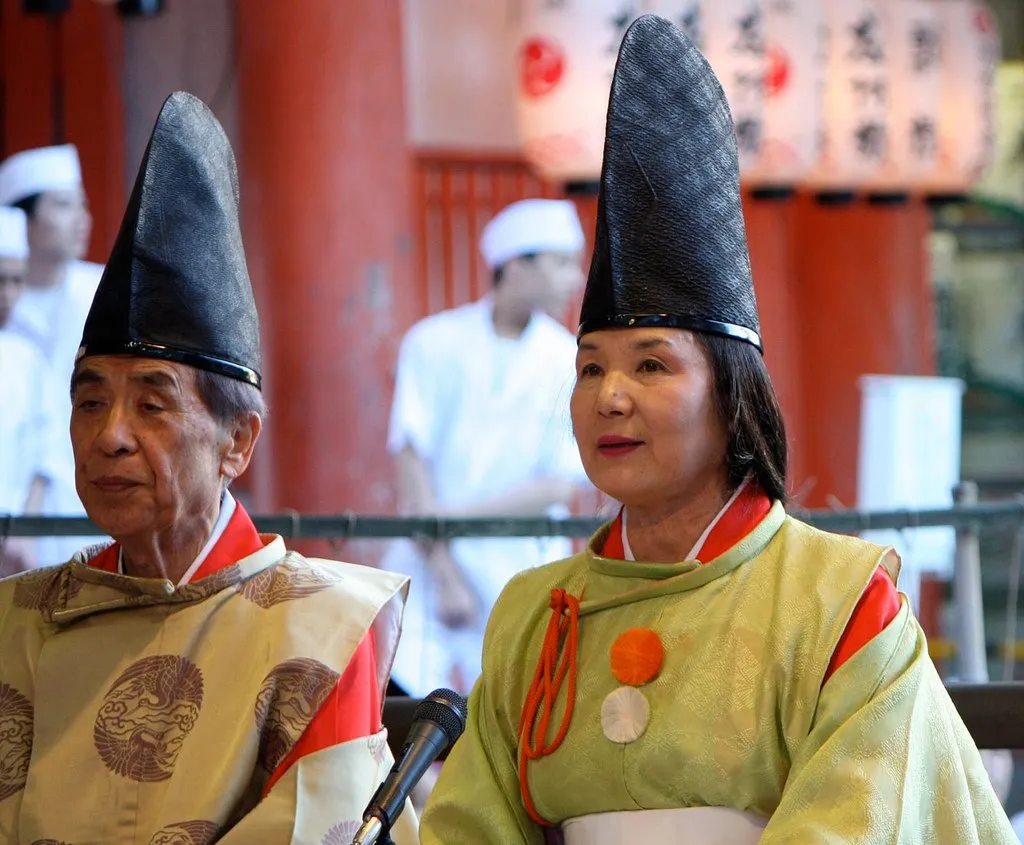
It wasn't until the civil war period and the Edo era (1603–1868) that the hairstyle became ubiquitous, though. So let's focus on that.
War Hair
Samurai had previously adopted the topknot, called chonmage (chon-mah-geh, 丁髷) for similar reasons as those Heian officials of old. They further refined it to reduce head itching and discomfort from wearing their helmets all day, starting to shave the front of the head from the forehead to the crown, a style called sakayaki (月代).
This is said to have made wearing their helmets very comfortable. But war wasn't common in those days and samurai weren't a specific class (yet), so when the warriors came back to once more be farmers they would grow their hair out again.
Then the civil war period (sengoku jidai, 戦国時代, roughly considered 1467–1615) started. Japan fractured into pieces and every warlord fought to conquer enough territory that they could reach Kyoto and force the emperor to declare them shogun.
Since the war was constant, men going off to battle shaved the front of their head and started wearing a topknot basically all the time. And thus it became a hairstyle.
Edo Era
When Tokugawa Ieyasu conquered the country and was declared shogun in 1603, Japan entered into a very long peaceful period (about 250 years). The samurai had nothing to do, basically. They were now their own class distinct from farmers, so they gradually became administrators more or less. The civil war period had lasted so long that all of these samurai had grown up wearing the chonmage and therefore it was the normal hairstyle for them and they kept wearing it even in the peaceful time.
Other people of other classes slowly adopted the hairstyle too and before long, the chonmage became the dominate hairstyle of Japan.
Types
As with any hairstyle, there are many variations. But there are three main ones you will see in samurai movies and TV dramas.
Chasenmage
Chasenmage (茶筅髷) is the type you see in movies specific to the civil war period. Most paintings you see of Nobunaga have him wearing this style.
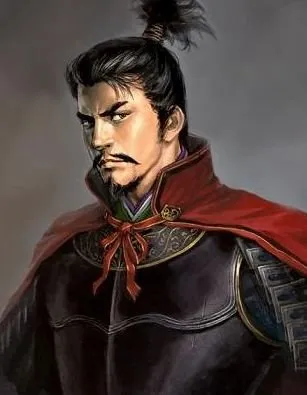
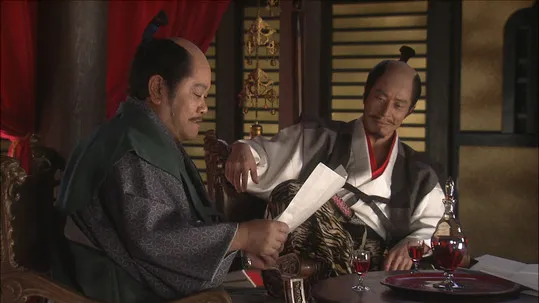
As you can see, this style is more like an upturned ponytail. Short and quick to do. This style could include the shaved front or not.
This is the style shown in the ad I posted the other day.

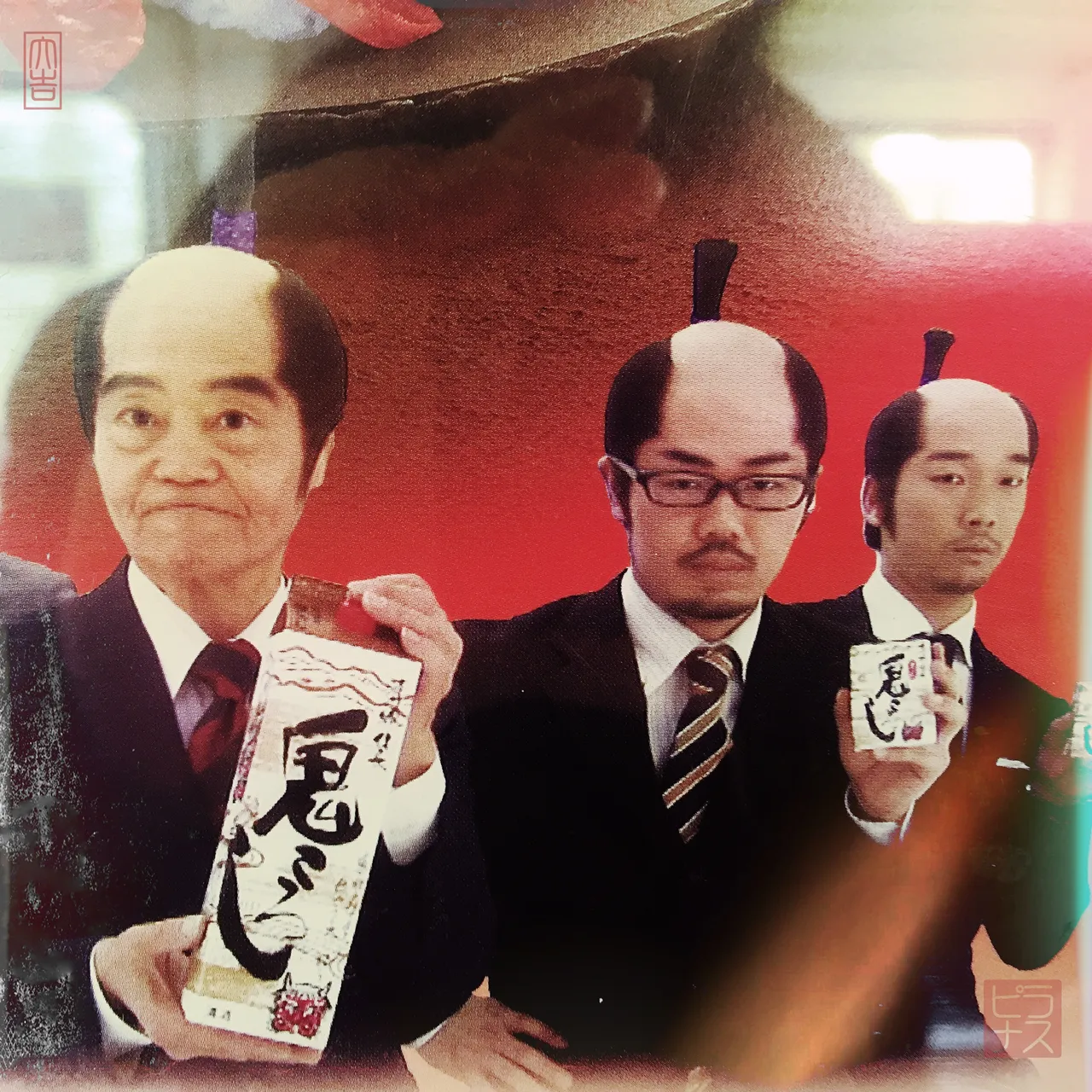
Orimage
The next two styles belong to the folded look, called orimage (折り髷 or 折髷). This is what you are likely to see everyone wearing when you watch movies or dramas more properly set in the Edo era. The hair was grown much longer, pulled back, then folded up and laid on top of the head.
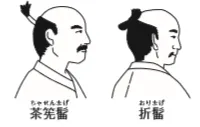
Within orimage there were two main styles that you see in media today.
Hondamage and Ichōmage
Hondamage (本多髷) and Ichōmage (銀杏髷) were extremely popular in the Edo era. The former was simply the hair laid on top, whereas the latter featured the hair styled to be thicker and the end made into a ginkgo shape. This was in fact the most popular style and a version of it is still worn by sumo wrestlers for official ceremonies.
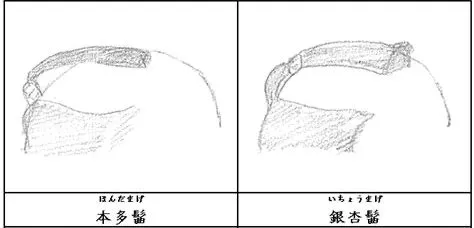
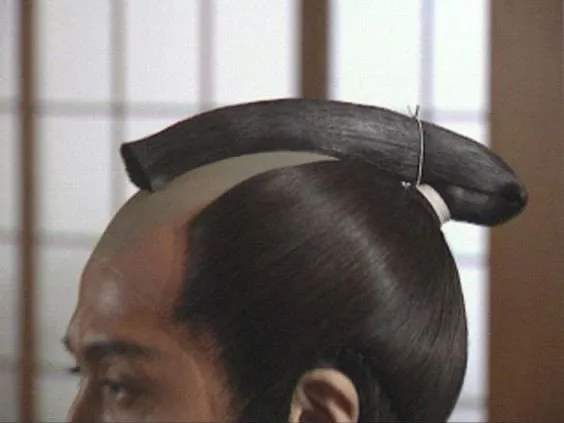
What's that on your head?
One amusing story claims that when the Americans and Europeans started coming into Japan again once the country was opened to foreigners at the end of the Edo era in 1868, they were very confused by the style, with some of the less knowledgable ones thinking the end of the hair folded over on their heads was a gun.
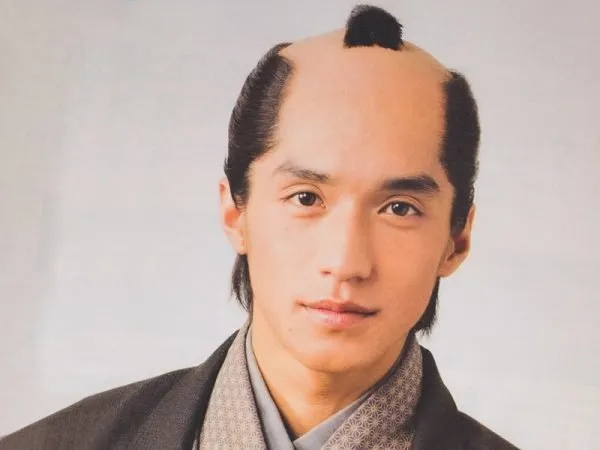
A comeback?
The hairstyle was banned near the beginning of the Meiji era (1868–1912). The government wanted to modernize the country as quickly as possible in an attempt to avoid being carved up and colonized like China, and it was thought the West would respect them more if they looked like Westerners, so the chonmage was banned and everyone was encouraged to grow their hair out and have Western-style haircuts.
But it's not banned anymore. And you see it sometimes.
Here is a cab driver in Kyoto.

He said he adopted the hairstyle to encourage people after some catastrophic flood in Pakistan several years ago when he was in the area. Everyone was so kind and motivated that he decided to keep it.
So there we go. Maybe it'll come back into style!
❦
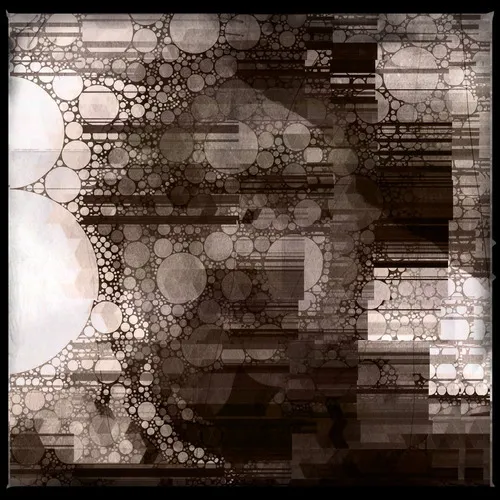 | David LaSpina is an American photographer and translator lost in Japan, trying to capture the beauty of this country one photo at a time and searching for the perfect haiku. |
If this blog post has entertained or helped you, please follow/upvote/reblog. If you want to further support my writing, donations are welcome.
BTC: 1Gvrie5FDBNBb6YpGBiaTvA5AyvsP814BN
ETH: 0x2Ce5c2b5F3f1a888b50A7bA9002E4F742784dF9c
LTC: LUVLvatsFqCubrJAVmCNQaoUdFAdnUCysU
BCH: qrzdazep5xfxax0ydppun89cxfts2vup9q4wnfn025
Dash: XoGzWrhdgbLKBG5kn4GjWfaJDJ6AWkDiqU
